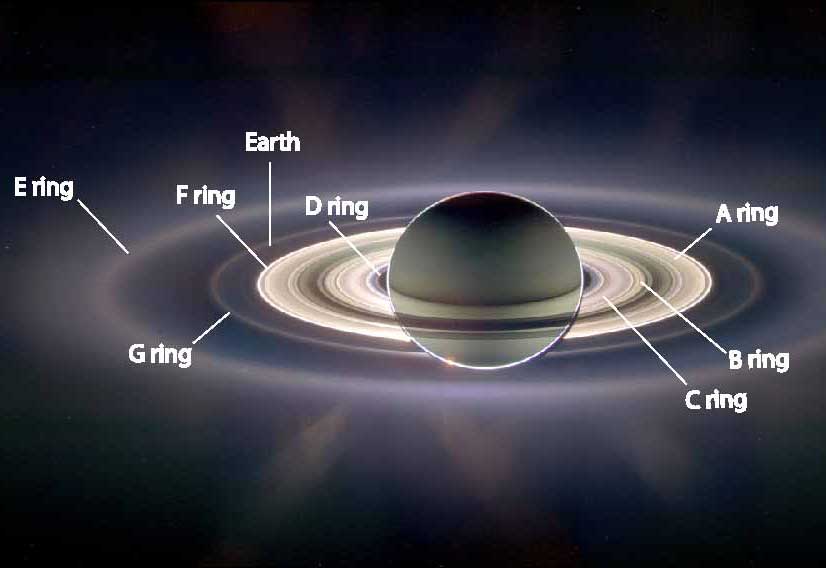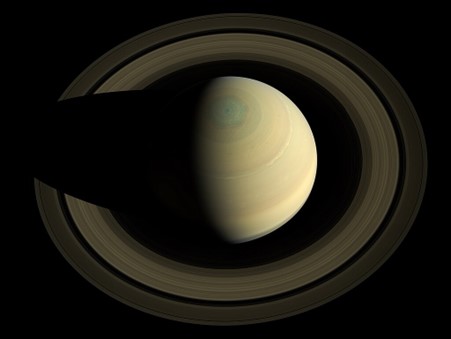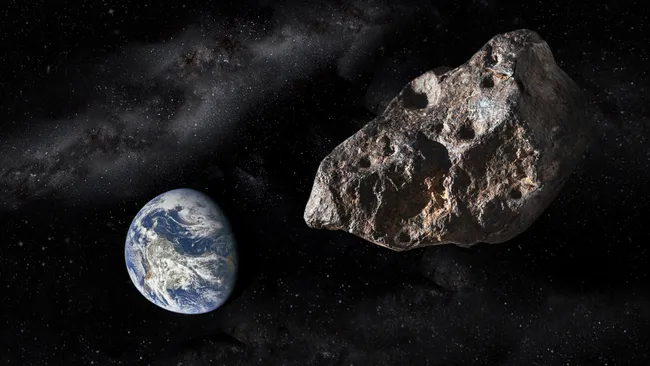Saturn's Rings: Weird, wonderful and vanishing?
Donna Burton
13 November 2025, 6:40 AM
 Backlit picture of Saturn, with captions for each ring
Backlit picture of Saturn, with captions for each ringSaturn is often called the jewel of the solar system, and it’s easy to see why.
Its rings are one of the most spectacular sights in the night sky. Through a telescope, they draw gasps and wide-eyed wonder.
But these shimmering bands of ice and dust are more than just beautiful: they are strange, temporary, and full of surprises.
Here are ten weird and wonderful facts about Saturn’s rings that might just change the way you see this iconic planet which is now showing at an Observatory near you.
1. Younger Than Dinosaurs
Saturn’s rings are surprisingly young.
While dinosaurs first appeared around 250 million years ago, the rings likely formed just 10 to 100 million years ago.
So, if a dinosaur had a telescope, it would have seen a ringless Saturn.

Fig 1: The full set of rings, imaged on July 19, 2013, as Saturn eclipses the Sun from the vantage of the Cassini orbiter, 1.2 million kilometres (3⁄4 million miles) distant.
Earth appears as a dot at 4 o'clock, between the G and E rings(NASA / JPL-Caltech/ Space Science Institute
2. Massive in Width, Paper-Thin in Depth
The rings stretch across 273,000 kilometres, but they are only about 10 metres thick on average.
That’s thinner than a cricket pitch. Most of the ring particles are smaller than a metre, and what looks like a solid band is actually a vast collection of icy fragments.
3. They Occasionally Vanish from View
Every fourteen or so years, Saturn’s rings line up edge-on with Earth. Because they’re so thin, they become nearly invisible to us.
The last time this happened was in March 2025. They will be back in full view by 2032.
4. They are Actually Disappearing
Saturn’s rings are slowly vanishing.
The icy particles are being pulled into the planet by gravity and magnetic forces in a process called ring rain.
Scientists estimate the rings could be completely gone in 100 to 300 million years.
We are lucky to be alive at a time when we can see them.

Fig 2: Cassini space probe view of the unilluminated side of Saturn's rings (October 10, 2013).NASA/JPL-Caltech/SSI/Cornell
5. Enceladus Keeps One Ring Going
Saturn’s E ring is constantly being topped up by the moon Enceladus.
This little moon has geysers that shoot icy particles into space, and some of that material ends up in the E ring.
Even more exciting, those geysers contain organic molecules, hinting at the possibility of life beneath Enceladus’s icy crust.
6. Saturn Has Ring Shepherds
Tiny moons like Prometheus and Pandora act like sheepdogs, keeping the ring particles in line.
Their gravity helps maintain the shape and structure of the rings, especially the narrow F ring.
7. The B Ring Has Spokes
Saturn’s B ring sometimes shows strange dark streaks called spokes.
These were first spotted by spacecraft and are thought to be made of tiny, electrically charged dust particles that get lifted by Saturn’s magnetic field.
They come and go with the seasons, especially around Saturn’s equinox.
8. They are Incredibly Shiny
Saturn’s rings are made of about 99 percent water ice, which makes them highly reflective.
They shine brightly in the night sky, making Saturn one of the most spectacular sights through a telescope.
9. The Particles Are Moving Fast
Despite their calm appearance, the particles in Saturn’s rings are racing around the planet at speeds between 16 to 23 metres per second or up to 82,000 kilometres per hour.
The closer the ring is to Saturn, the faster its particles move.
10. We Still Don’t Know Exactly How They Formed
There are a few theories.
One suggests a moon was torn apart by Saturn’s gravity.
Another says the rings are leftover material that never formed into a moon because it was too close to the planet.
A third theory involves a collision between moons or a passing comet. Whatever the case, the rings are a reminder that the solar system is still evolving.
Why This Matters
Saturn’s rings are not just beautiful; they are a window into the history and dynamics of our solar system.
They show us how moons form and break apart, how gravity shapes matter, and how even the most iconic features in space are temporary.
We are lucky to be alive at a time when Saturn still wears its icy crown. So next time you look up, take a moment to appreciate this fleeting masterpiece of the cosmos.
BLOGS



